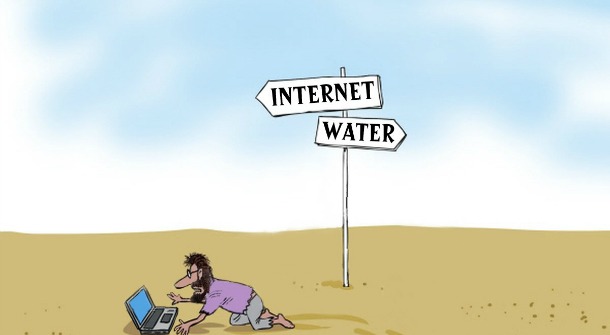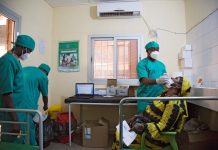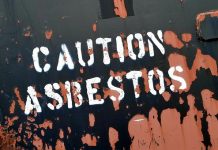India observes National Leprosy Day on 30th January.This year the Central Leprosy Division of Directorate General of Health Services Ministry of Health and Family Welfare has decided to launch a programme called ‘Sparsh’. Sparsh is an awareness campaign which is designed to raise awareness about the free of cost multi drug therapy available at all government hospitals, health centres and dispensaries to treat leprosy. This campaign will also provide awareness about the early symptoms of leprosy deduction and the importance of early treatment of leprosy.
Leprosy related cases have reportedly become high since 2017. Central Leprosy Division reported that 135,485 new cases were detected in 2017. Leprosy has been a major public health issue although few years’ back it was reported that leprosy has been eliminated but as per the data produced by Central Leprosy Division there is a sign of its growing intensity.
As a signatory to the United Nations Convention on the Rights of Persons with Disabilities, India runs the National Leprosy Eradication Program. The program is functional since 1983 in India and runs with an agenda to detect early signs of leprosy and provide complete treatment to the patient. Even after continual efforts leprosy continues to grow as on an average nearly 58.8 per cent fresh cases are reported every year.
World Health Organisation in 2005 announced that leprosy was eradicated in India at national level, but this disease is still widespread in India. As per the announcement made by WHO leprosy has been completely treated and removed but data and figure received through surveys show a contradictory reality.
In the year 2005-2006 around 1,61,457 leprosy cases were detected across India and the cases of deformity at the time of diagnosis increased from 3,015 in 2005- 06 to 5,851 in 2015-2016. In 2012-13 a total of 1.35 Lakh new cases were recorded. With such a visible and continued rise this disease has returned in the poor states of Uttar Pradesh, Bihar and Maharashtra.
Despite this available data and recorded cases how can the government make such a tall claim? And even if leprosy was eradicated then how is it making its return back? Actually it is not an either this or that situation here both the above mentioned cases are valid and the answers to both the question is completely true and continues to exist.Leprosy cases and leprosy research in India has not been conducted very seriously and transparently in India. Government underestimates the cases of leprosy as argued by NGOs as most of the times the figure received are incomplete. The reason behind this is the social stigma attached with the disease.
Leprosy is a disease which is more likely to make came back if the existing cases are not treated properly. In medical terms leprosy does not spread rapidly it rather has a slow incubation period and cannot be transmitted directly through immediate touch or physical contact.It is a disease which can be transmitted after prolonged stay with the affected person as the bacteria Mycobacterium Leprosy which is responsible for causing the disease takes time to mature; sometimes the maturity period can be 20 or more.
Such is the nature of disease that it not only disables the human body or physical parts of the affected person it rather deprives him of his social, personal and emotional belongings too.In India as per superstitious beliefs leprosy is a disease which affects a bad soul and hampers the one who poses a bad karma, such is the vision of the society. It is not only considered as a disease or a state of discomfort but as a life situation. A society with such stigmas attached to a health problem makes it even worst for the disease to be treated and the patient getting a leaf of life. Leprosy is a curable disease only if its symptoms are detected early and treatment starts soon but the stigmatised vision towards this disease makes it very difficult to completely treat the disease. Leprosy does not only need eradication from the body but it also requires the eradication of the stigma attached to the disease.














